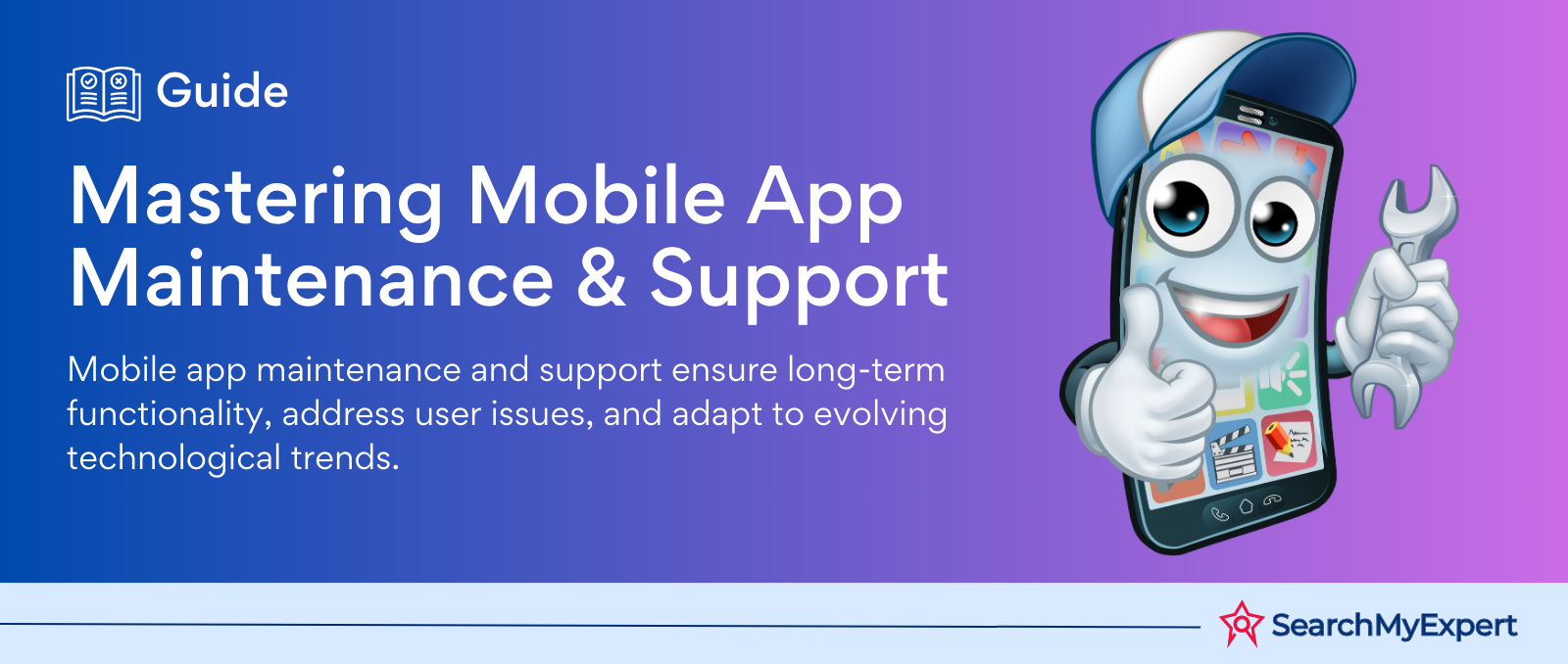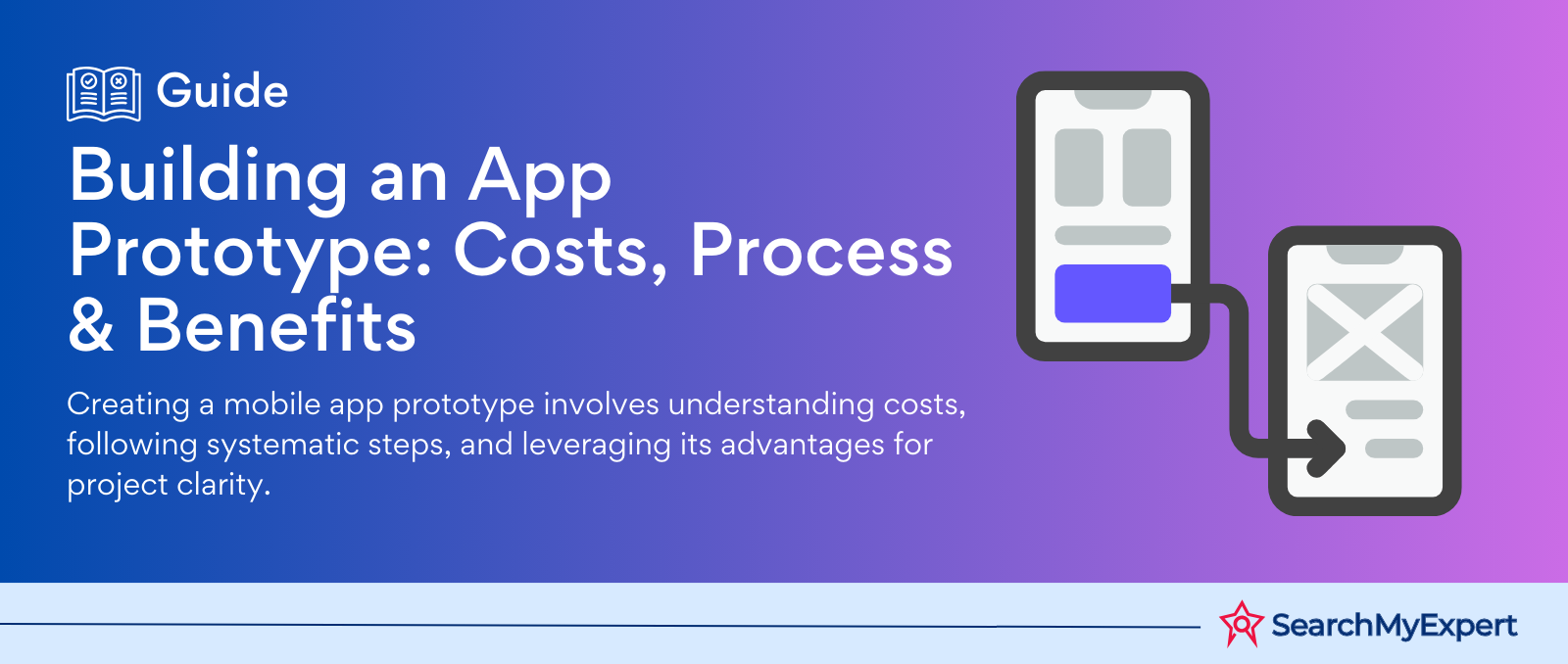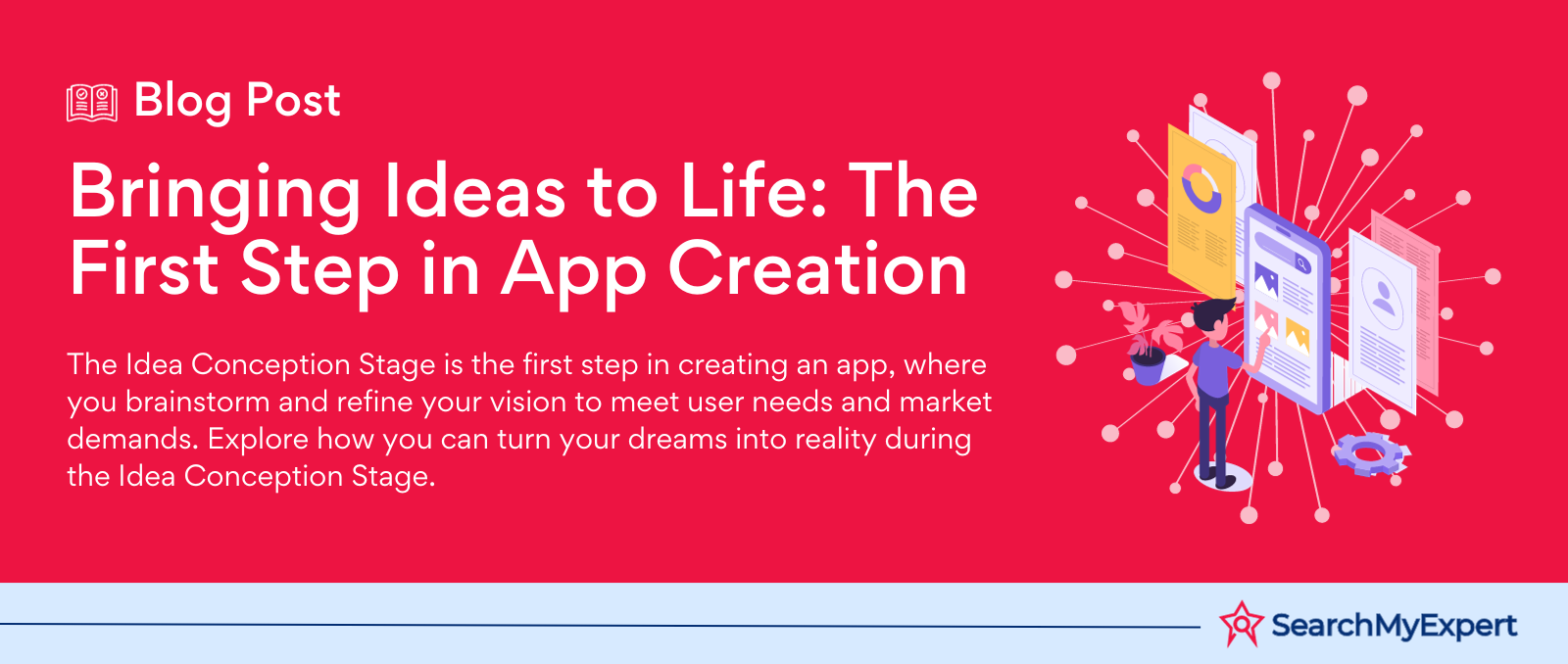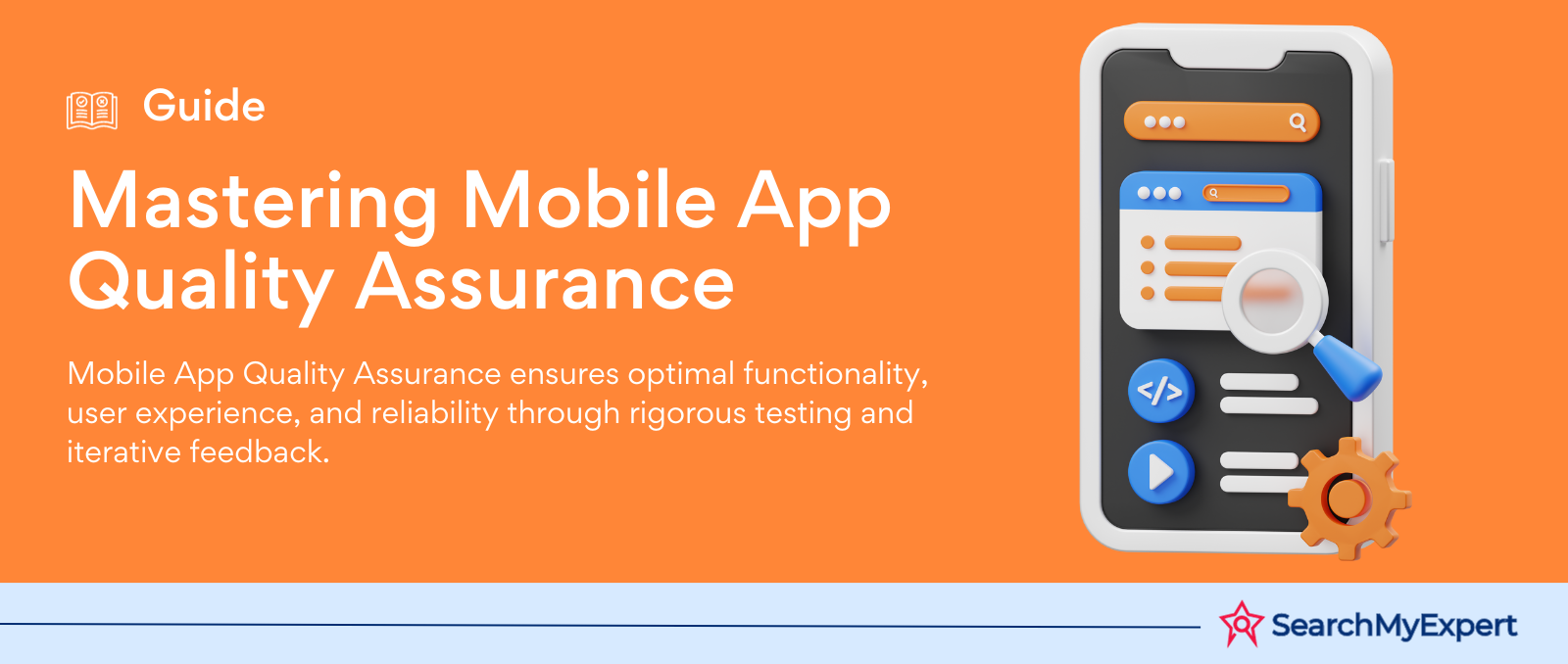Print Advertising with Tradition and Innovation in the Digital Age
The Evolution of Advertising: From Print to Digital
Advertising, a dynamic and ever-evolving industry, has witnessed significant transformations over the years. Its journey from traditional print advertising to the digital realm marks a pivotal shift in how businesses connect with their audiences. In this comprehensive article, we will explore the historical significance of print advertising, delve into the rise of digital advertising, and examine its impact on the print industry.
Print Advertising: A Historical Perspective
Print advertising, with its roots stretching back centuries, has been a cornerstone of the advertising world. Newspapers, magazines, flyers, and billboards have long been the go-to mediums for businesses to reach their target audiences. The tactile nature of print, combined with its wide reach and permanence, made it a powerful tool in the marketer's arsenal.
The Digital Revolution and Its Impact
However, the advent of the internet and digital technology brought about a paradigm shift. The rise of digital advertising, characterized by its ability to target specific demographics, track user engagement, and offer interactive experiences, began to overshadow traditional print methods. This transition significantly impacted the print industry, leading to a decline in print media consumption as more people turned to digital platforms for their news and entertainment.
The Shift from Print to Digital
This shift was not just a technological evolution but also a cultural one. Consumers' preferences began to change, with a growing inclination towards the convenience and immediacy of digital content. Advertisers, recognizing these trends, started reallocating their budgets to digital channels to maximize their reach and effectiveness.
The Changing Landscape of Print Advertising
The Decline of Traditional Print Media Consumption
Over recent years, the landscape of print advertising has undergone a profound transformation. This section delves into the decline of traditional print media consumption, analyzing the factors that have contributed to this shift.
Shift in Consumer Preferences
The digital age has brought about a change in how people consume media. The convenience of online platforms, where news and entertainment are readily available, has led to a decrease in the demand for physical newspapers and magazines.
Technological Advancements
Technological innovations have made digital media more accessible and engaging. The rise of smartphones and tablets has meant that information is now at our fingertips, rendering traditional print mediums less appealing to a tech-savvy generation.
Environmental Concerns
Increasing awareness of environmental issues has also played a role in the decline of print media. Consumers and businesses alike are becoming more conscious of their ecological footprint, leading to a preference for digital media, which is perceived as more eco-friendly compared to paper-based print media.
The Shift Towards Digital Advertising
The shift from print to digital advertising has been driven by several key factors, each playing a significant role in redefining the advertising landscape.
Targeted Advertising and Analytics
Digital advertising offers the ability to target specific audiences with precision, a feature that traditional print media struggles to match. Additionally, digital platforms provide valuable analytics, enabling advertisers to measure the impact of their campaigns effectively.
Cost-Effectiveness
Digital advertising is often more cost-effective compared to traditional print advertising. The production and distribution costs associated with print media are significantly higher than those for digital ads.
Interactive and Engaging Content
Digital platforms allow for interactive and engaging content, which can be more effective in capturing the audience's attention. This interactivity is something that print media cannot easily replicate.
Global Reach
Digital advertising has the advantage of a global reach, enabling brands to connect with audiences worldwide effortlessly. This is a significant contrast to print advertising, which often has a geographical limitation
The Enduring Relevance of Print Advertising
Unique Strengths and Advantages of Print Advertising
Despite the rise of digital media, print advertising maintains its unique place in the marketing landscape. This section highlights the enduring strengths and advantages of print advertising.
Tangible and Memorable
Print media offers a tangible experience that digital cannot replicate. The physical act of holding a magazine or a brochure creates a more memorable experience for the reader, leading to higher brand recall.
Trust and Credibility
Print media is often perceived as more trustworthy and credible compared to digital ads, which can sometimes be invasive and overwhelming. Publications with a long-standing reputation carry an inherent sense of reliability that they transfer to the ads they host.
Niche Targeting
Print media excels in targeting niche audiences. Specialized magazines and newspapers cater to specific interests, hobbies, or professions, allowing advertisers to reach their desired demographic effectively.
Longer Shelf Life
Print advertisements have a longer shelf life compared to digital ads. A magazine or a newspaper can remain in homes or offices for days, weeks, or even months, offering repeated exposure to the ads within them.
Target Audiences Receptive to Print Media
Certain demographics continue to be highly receptive to print media. Understanding these audiences is crucial for businesses aiming to leverage print advertising effectively.
Older Generations
Older generations, who may not be as internet-savvy, still prefer print media over digital. They trust the credibility and enjoy the familiarity of newspapers and magazines.
Professionals and Business Leaders
Print media, especially industry-specific publications, are highly regarded by professionals and business leaders. They often rely on these publications for in-depth analysis and insights.
Local Communities
Local newspapers and flyers are still popular in many communities for local news, events, and services. They remain an effective way for businesses to reach local audiences.
Niche Interest Groups
Enthusiasts of particular hobbies, such as photography, gardening, or vintage cars, often prefer specialized magazines. These publications provide targeted opportunities for advertisers in these sectors.
Integrating Print and Digital Advertising
The Power of Multi-Channel Marketing
In today’s diverse media landscape, integrating print and digital advertising forms the crux of an effective multi-channel marketing strategy. This approach combines the strengths of both mediums to create a cohesive and impactful marketing campaign.
Enhanced Brand Visibility
By leveraging both print and digital platforms, businesses can significantly enhance their brand visibility. The physical presence of print combined with the broad reach of digital media ensures a more comprehensive audience engagement.
Consistent Messaging Across Channels
Multi-channel marketing focuses on delivering a consistent message across various platforms. This consistency reinforces brand messaging, leading to stronger brand recognition and recall.
Leveraging Data for Targeted Campaigns
Digital advertising provides valuable consumer data that can be used to inform and optimize print advertising strategies. This data-driven approach ensures that print ads are targeted effectively, enhancing their impact.
Examples of Successful Integration
Many brands have skillfully integrated print and digital advertising, demonstrating the effectiveness of this strategy.
QR Codes in Print Ads
Integrating QR codes in print ads is a simple yet effective way to bridge the gap between print and digital. Scanning the QR code can lead readers to a website, a video, or a digital coupon, seamlessly connecting the print experience with digital engagement.
Augmented Reality (AR) in Magazines
Some brands have used AR technology in magazine ads, allowing readers to use their smartphones to bring the print ad to life. This innovative approach creates an engaging and interactive experience that combines the tactile appeal of print with the dynamic nature of digital.
Social Media Tie-Ins
Brands often use print ads to promote their social media campaigns. By directing readers to their social media platforms, businesses can extend the conversation beyond the print ad and engage with audiences on digital platforms.
Customized Direct Mail
Using data from digital channels, businesses can create highly personalized direct mail campaigns. This targeted approach ensures that print materials are relevant to the recipient, increasing the likelihood of engagement.
Measuring the Effectiveness of Print Advertising
Challenges in Measuring Print Advertising ROI
While print advertising remains a valuable part of the marketing mix, measuring its return on investment (ROI) presents unique challenges. Understanding these challenges is key to developing effective strategies for evaluating print advertising performance.
Lack of Direct Tracking Mechanisms
Unlike digital advertising, where clicks and interactions can be tracked in real-time, print ads lack direct mechanisms for tracking consumer responses. This makes it difficult to quantify the immediate impact of a print campaign.
Delayed Response
Print advertising often influences consumer behavior over a longer period, making it challenging to link a specific action, like a purchase, directly to a print ad.
Attribution Difficulties
Determining the exact contribution of a print ad to the overall marketing success is complex. Print is often one of many touchpoints in a consumer's journey, and isolating its specific impact can be challenging.
Methods for Tracking Print Ad Performance
Despite these challenges, there are various methods to track and evaluate the effectiveness of print advertisements.
Custom URLs and Landing Pages
By using custom URLs or dedicated landing pages in print ads, businesses can track how many visitors are directed to their website from the print ad.
QR Codes
QR codes in print ads can provide a direct link to digital content. The number of scans can be tracked, offering insights into engagement levels.
Redemption of Print Coupons
Offering coupons in print ads is a traditional yet effective way to track response rates. The number of coupons redeemed gives a clear indication of the ad's impact.
Market Research and Surveys
Conducting market research or surveys can help gauge brand awareness and ad recall among the target audience, providing qualitative insights into the effectiveness of print campaigns.
Comparative Sales Analysis
Comparing sales data before and after a print advertising campaign can offer insights into its effectiveness, especially when combined with control groups or matched market testing.
The Future of Print Advertising
Innovative Trends in Print Advertising
As the digital age continues to evolve, so does print advertising, adapting and innovating to maintain its relevance. This section explores the emerging trends and advancements shaping the future of print advertising.
Augmented Reality (AR)
AR is transforming print media by adding a digital layer to the physical world. Magazines and posters can come to life when viewed through a smartphone camera, offering interactive experiences that engage consumers in novel ways.
Personalization and Customization
Advancements in printing technology have made it possible to create highly personalized and customized print materials. This includes variable data printing, where elements like text, graphics, and images can be altered from one printed piece to the next without stopping or slowing down the printing process.
Sustainability in Printing
Eco-friendly printing practices are becoming increasingly important. This includes the use of recycled paper, soy-based inks, and energy-efficient printing processes, aligning print advertising with growing environmental concerns.
Interactive Print Ads
Innovations in print technology are enabling the creation of interactive print ads. This includes ads with embedded LED lights, sound chips, or even scent strips, making the print experience more engaging and memorable.
Adapting to the Digital Age
The key to print advertising’s future lies in its ability to adapt to the digital world. This involves not only embracing new technologies but also understanding how print can complement digital media.
Integrating with Digital Campaigns
Print advertising should be seen as a component of a broader marketing strategy that includes digital channels. By ensuring consistent messaging across print and digital, brands can leverage the strengths of both.
Focusing on Quality over Quantity
In a world saturated with digital content, the tactile and physical nature of print can stand out. High-quality, well-designed print materials can cut through the noise, offering a unique and lasting impression.
Targeted Distribution
Leveraging data analytics, print advertising can become more targeted, ensuring that printed materials reach the most receptive audiences, thereby enhancing the effectiveness of the campaign.
Collaborations with Digital Influencers
Print campaigns can gain added visibility and credibility by featuring digital influencers, creating a bridge between the print and digital worlds and tapping into the influencer's follower base.
Conclusion:
The journey of print advertising through the digital revolution highlights its resilience and adaptability. Despite the growing dominance of digital media, print advertising continues to offer unique advantages, such as tangible engagement, credibility, and targeted reach to niche audiences. The key lies in integrating print with digital strategies, leveraging each medium's strengths to create more impactful and comprehensive marketing campaigns. Innovations like augmented reality, personalization, and a focus on sustainability are steering print advertising towards a promising future. As we embrace these changes, print advertising not only survives in the digital landscape but also thrives, reaffirming its vital role in the world of advertising.
Connect, engage, and inspire with top Advertising Agencies.
share this page if you liked it 😊
Other Related Blogs
Mastering Docker for App Development: A Comprehensive Guide to Benefits, Use-Cases, and Alternatives
STAY UP TO DATE
GET PATH'S LATEST
Receive bi-weekly updates from the SME, and get a heads up on upcoming events.













